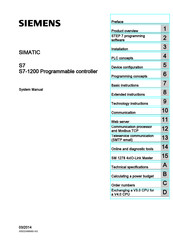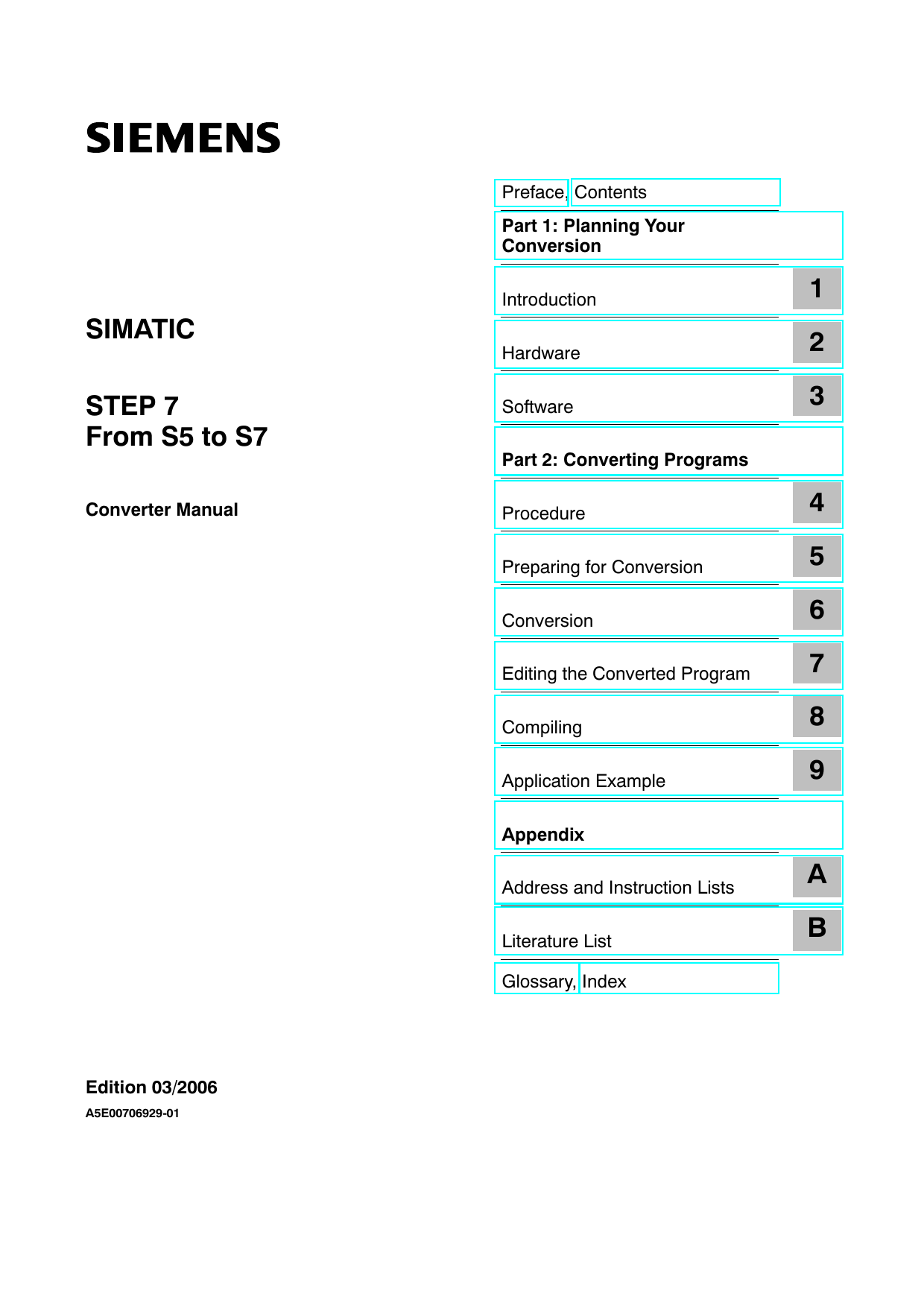
On S7-400, you can change the amount of local data per priority class in the "priority classes" parameter block using STEP 7.Įvery organization block has start information of 20 bytes of local data that the operating system supplies when an OB is started. The local data area on the CPU is divided among the priority classes. When creating logic blocks (OBs, FCs, FBs), you can declare temporary local data. OBs with the same priority are processed in the order in which their start events occur.Įrror OBs started by synchronous errors are executed in the same priority class as the block being executed when the error occurred. You can assign the same priority to several OBs.

The middle of 2001 (Firmware Version 3.0) the ranges where extended: Priority classes 2 to 26 can be set for OB 81 to OB 84 as well as for OB 86 and OB 87. Priority classes 24 to 26 for OB81 to OB87 for CPUs as of approx. Priority classes 2 to 28 for OB70 to OB72 Priority classes 2 to 23 for OB10 to OB47 The following priority classes are permitted: OB70 to OB72 (only H CPUs) and OB81 to OB87 in RUN mode. With S7-400 CPUs (and the CPU 318) you can change the priority of the following organization blocks with STEP 7: The priority of organization blocks on S7-300 CPUs is fixed. With the parameter assignment you can for example, deselect interrupt OBs or priority classes in the parameter blocks: timeofday interrupts, timedelay interrupts, cyclic interrupts, and hardware interrupts. Interrupts can be assigned parameters with STEP 7.
#SIEMENS STEP 7 MANUAL FREE#
The background cycle has a lower priority than the free cycle.

Startup Organization Blocks (OB100/OB101/OB102)ġ) The priority class 29 corresponds to priority 0.29. (or 28 if the asynchronous error OB exists in the startup program)Įrror Handling Organization Blocks (OB70 to OB87 / OB121 to OB122) " Error Handling Organization Blocks (OB70 to OB87 / OB121 to OB122)" OB72 CPU Redundancy Error (only in H systems) OB70 I/O Redundancy Error (only in H systems) Multicomputing - Synchronous Operation of Several CPUsĬonfiguring Short and Equal-Length Process Reaction Times on PROFIBUS-DP Hardware Interrupt Organization Blocks (OB40 to OB47) Time-Delay Interrupt Organization Blocks (OB20 to OB23)Ĭyclic Interrupt Organization Blocks (OB30 to OB38) Time-of-Day Interrupt Organization Blocks (OB10 to OB17) Organization Block for Cyclic Program Processing (OB1) Not all organization blocks listed and their priority classes are available in all S7 CPUs (see "S7-300 Programmable Controller, Hardware and Installation Manual" and "S7-400, M7-400 Programmable Controllers Module Specifications Reference Manual"). The following table shows the types of interrupt in STEP 7 and the priority of the organization blocks assigned to them. Start events triggering an OB call are known as interrupts. The background OB has the lowest priority. Higher priority OBs can interrupt lower priority OBs. Which OB is allowed to interrupt another OB depends on its priority. An OB call can interrupt the execution of another OB. Organization blocks determine the sequence (start events) by which individual program sections are executed. You can program the organization blocks to determine CPU behavior. Called by the operating system, they control cyclic and interruptdriven program execution, startup behavior of the PLC and error handling. Organization blocks (OBs) represent the interface between the operating system and the user program. Organization Blocks and Program Structure Organization Blocks and Program Structure


 0 kommentar(er)
0 kommentar(er)
